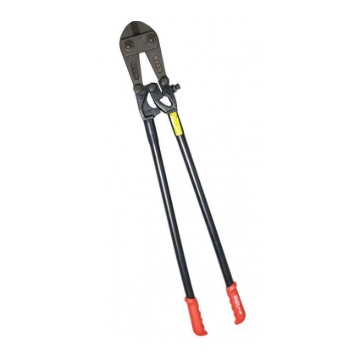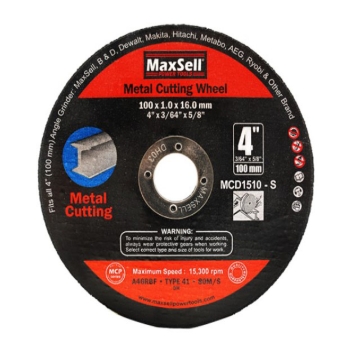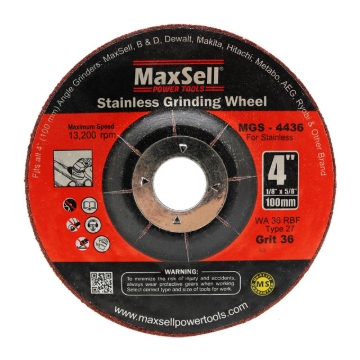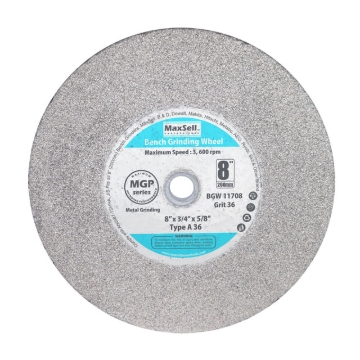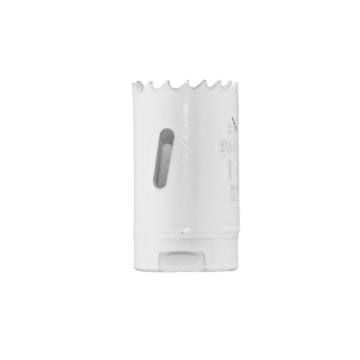Products tagged with 'metal cutting'
Sort by
Display per page

ST14312
BOLT CUTTER-FORGED HANDLE 12", 14", 18", 24", 30"
From ₱1,900.00

MCD1510-S
MaxSell Metal Cutting Wheel

MGD1021-S
MaxSell Metal Grinding Wheel

MSG-7904
MaxSell Silicon Ceramic Grinding Wheel

MGS-4436
MaxSell Stainless Grinding Wheel

BGW-11506
MaxSell Stainless Grinding Wheel

BH-912002
MaxSell Metal Hole Saw

MS-101
MaxSell Sds Plus Adaptor

HM-917002
MaxSell Metal Mandrel
LTHT1000TSX
₱390.00 ₱253.50

